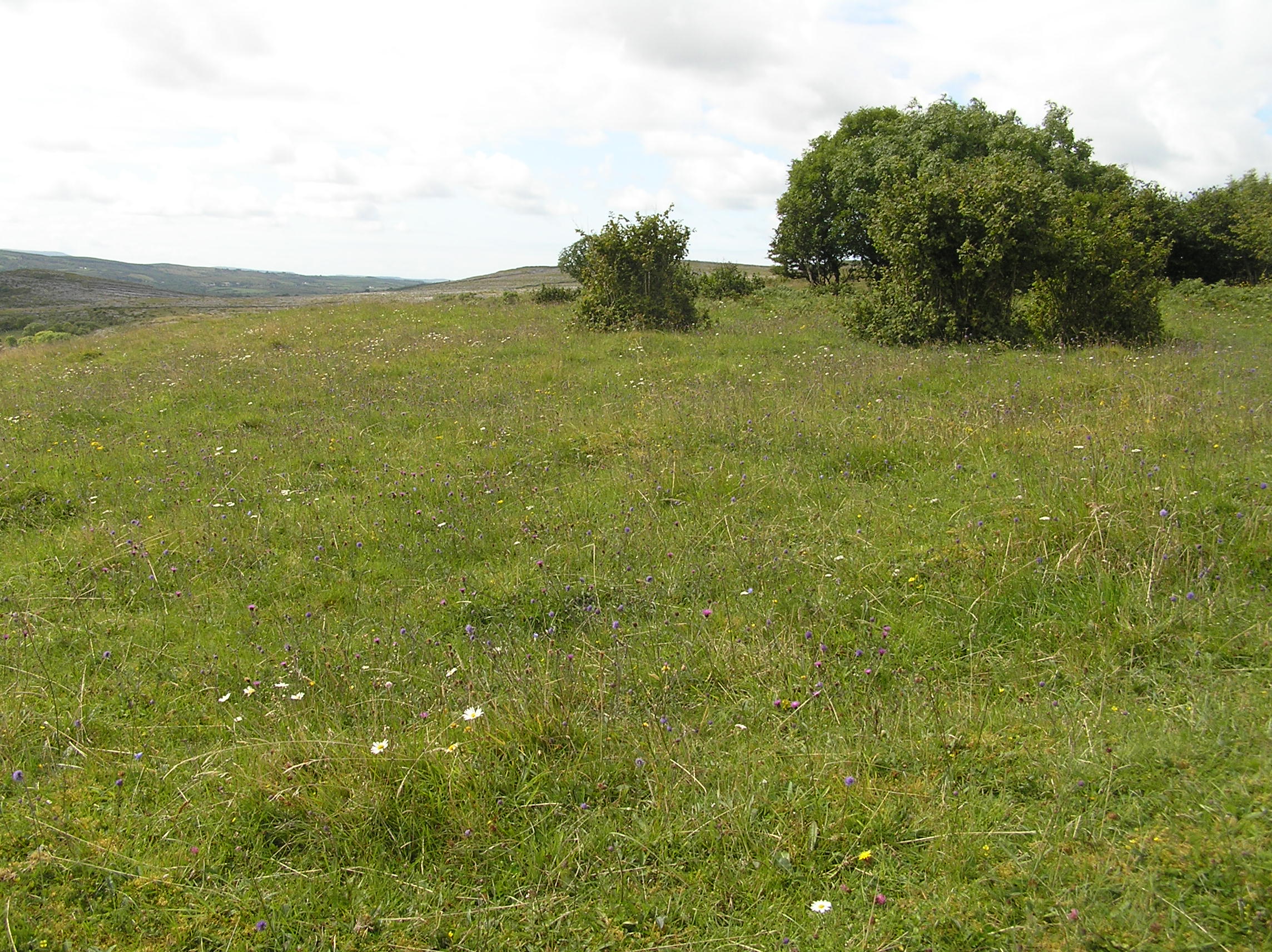The semi-natural habitats that dominate High Nature Value (HNV) farmland are also Utilisable Agricultural Area (UAA). According to the Department of Agriculture, Food and the Marine UAA is the farm area under crops and pasture plus the area (unadjusted) of rough grazing. It is the total area owned, plus area rented, minus area let, minus area under remainder of farm.


Eligible area
Eligible areas include habitats such as wet grassland, acid grassland and dry and calcareous semi-natural grassland.
They also include areas of rough grazing (often rushy wet grassland areas), commonage (these are usually peatland habitats and can include machair), certain grazing rights, areas used to grow crops that are used as forage other than grass, including maize, fodder beet, sugar beet, turnips, mangolds, forage rape, kale, etc. and areas used for producing hay or silage.
The area under landscape features such as hedgerows, drains/ditches is also eligible. In addition where these features are fenced, as is required in GLAS or to create nature corridors, the area inside the fence is also eligible, but noxious weeds must be controlled.

Ineligible area
Ineligible areas include built areas such as those under roads, paths, buildings or farmyards. Also habitats such as woodland, scrub e.g. gorse, furze, briars, blackthorn or hazel, rivers, streams, ponds, lakes, sand, areas of bare rock and peatland unfit for grazing (e.g. raised bog and cutover peat) are ineligible.
Sand/gravel pits, areas used for quarrying, areas fenced off from grazing use, inaccessible areas and areas not available for the rearing of animals under a GLAS plan or any other environmental plan, areas used for permanent crops or horticultural crops, areas under cereal crops harvested for grain, areas used as sports fields, golf courses, pitch and putt courses, etc. that are not farmed by the applicant are not eligible for the Disadvantaged Areas Scheme.
